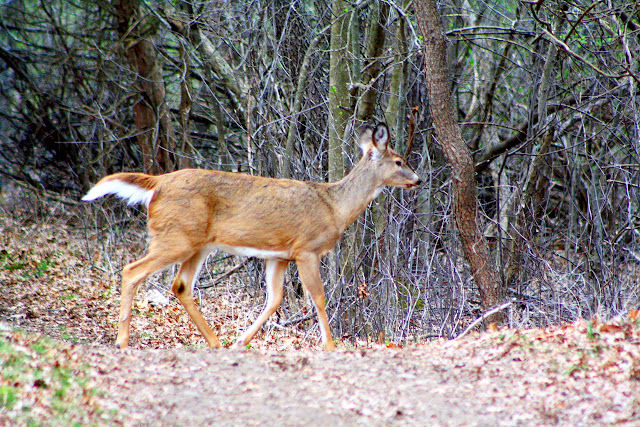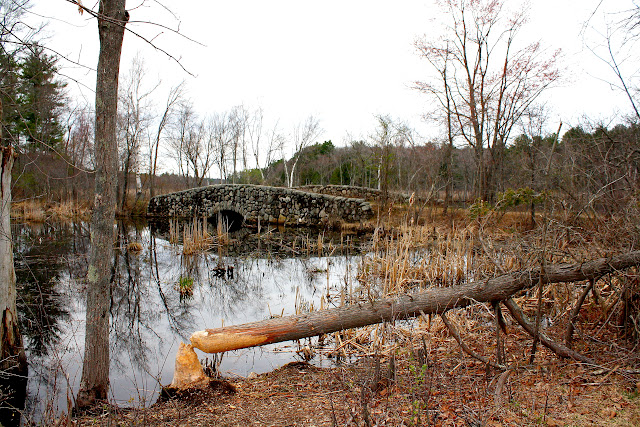Because of the much-reduced snowpack, river flows should also be excellent for early April fishing. Fall netting results reveal a strong age-3 year-class of salmon, which will dominate the catch. "The mild winter kept ice-fishing pressure low, and this will likely translate to better opportunities for the open water angler," said N.H. Fish and Game Large Lakes Biologist Don Miller.
Anglers should seek out high-flow areas in the Winnipesaukee River system, which drives the early season salmon fisheries in Winnipesaukee, Opechee, Winnisquam and Silver lakes, for a chance at “drop-down” salmon (and rainbow trout). Traditional areas include the Lakeport Dam/Opechee Lake, the Winnipesaukee River through Laconia to Dixon Point at Lake Winnisquam, and Lochmere Dam at Silver Lake. The Newfound River in Bristol offers great fly-fishing-only water that can often produce drop-down rainbows and salmon.
Additionally, several popular Winnipesaukee shore fishing locations exist at the Merrymeeting River (fly-fishing-only, barbless, catch and release), and the mouth of the Merrymeeting River as it enters Alton Bay, downstream of the famous stone arch bridge.
Other good sites to visit include the Weirs Channel in Laconia, Long Island Bridge in Moultonborough, Governors Island Bridge in Gilford, Smith River inlet at Wolfeboro Bay, and Meredith and Center Harbor town docks. At these locations, everything from smelt, shiners and worms under a slip bobber to small jigs will take salmon, as well as rainbow trout.
This time of year, salmon are successfully caught by trolling with everything from spoons (such as DB Smelt, Sutton, Mooselook, Top Gun, and Smelt Gun) to traditional streamer flies (for example, Maynard’s Marvel, Pumpkinhead, Mickey Finn, Joe’s Smelt, and the countless Grey Ghost variations), and an early season favorite, live smelt or shiners. Most early season fish are caught from the surface to about 15 feet down, with everything from planer board set-ups to the simplest of monofilament flat lines 50-150 feet behind the boat. When the wind kicks in, drifting live smelt or shiners in the waves can be highly effective. Since 2011, only single hooks for bait while trolling are allowed on certain salmon/lake trout lakes, including Squam, Newfound, Sunapee, Winnipesaukee and Winnisquam lakes. Please refer to the 2012 N.H. Freshwater Fishing Digest for a complete list of waters.
To ensure the future of high-quality landlocked salmon fisheries, anglers must take extra care when releasing salmon, as the percentage of hook-wounded fish continues to be a problem. Hook wounded/scarred fish are significantly shorter and poorer in body condition than non-hook-wounded counterparts of the same age. Using rubber nets and proper release techniques (for example, don’t “shake” fish off the hook) -- and releasing lightly hooked healthy salmon, while choosing to harvest previously hook-wounded fish – are ways to minimize the negative effects of hook wounding, thereby increasing the number of trophy salmon available in the future.
To that end, N.H. Fish and Game is encouraging anglers to take the Landlocked Salmon Anglers’ Pledge, a cooperative, volunteer effort to help sustain quality landlocked salmon fisheries in New Hampshire’s large lakes. Learn more at www.fishnh.com/Fishing/salmon_anglers_pledge.html.
N.H. fishing licenses can be purchased online at www.fishnh.com, or from any Fish and Game license agent. Annual resident fishing licenses are $35. Resident one-day licenses are just $10. Annual nonresident fishing licenses are $53. One-, three- and seven-day nonresident licenses are also available.
Reel in lots more information on fishing in New Hampshire, from depth maps to tackle tips -- and download the 2012 N.H. Freshwater Fishing Digest -- at www.fishnh.com/pubs/fishing.html.



































































